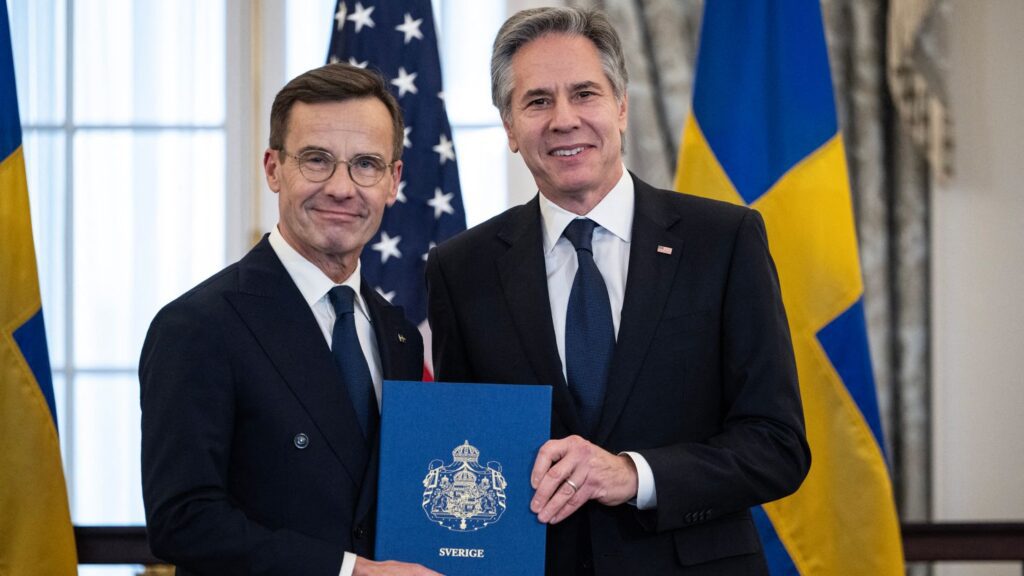In this content, we examine NATO’s role in crisis management, focusing on a case study of the Alliance’s intervention in Kosovo in the late 1990s. NATO’s crisis management role is rooted in the principle of collective defense, as outlined in Article 5 of the NATO Treaty. The intervention in Kosovo was successful in halting violence, protecting civilians, and ultimately achieving peace and stability in the region. This case study highlights NATO’s commitment to promoting peace and security through military and non-military means. Overall, NATO’s crisis management efforts play a crucial role in maintaining stability and security in the Euro-Atlantic area.
NATO’s Role in Crisis Management: A Case Study
Introduction
NATO, or the North Atlantic Treaty Organization, is a military alliance of 30 countries across North America and Europe. Established in 1949, NATO’s primary purpose is to promote stability and security in the Euro-Atlantic area. One of the key functions of NATO is crisis management, where the Alliance intervenes in conflicts and crises to promote peace and security.
NATO’s Crisis Management Role
NATO’s crisis management role is defined in Article 5 of the NATO Treaty, which states that an attack against one member is considered an attack against all members. This principle of collective defense forms the foundation of NATO’s crisis management efforts. In addition to collective defense, NATO also engages in crisis response and conflict prevention through various military and non-military means.
Case Study: NATO’s Interventions in Kosovo
One of the most well-known examples of NATO’s crisis management efforts is its intervention in Kosovo in the late 1990s. The conflict in Kosovo was a result of tensions between ethnic Albanians and Serbs, leading to widespread violence and human rights abuses. In response, NATO launched a military intervention in 1999, known as Operation Allied Force, to halt the violence and protect civilians.
Mission Objectives
The objectives of NATO’s intervention in Kosovo were to stop the violence, restore peace and stability, and protect the civilian population. NATO forces carried out air strikes against Serbian military targets and enforced a no-fly zone over Kosovo to prevent further violence and protect vulnerable populations.
Effectiveness of Intervention
NATO’s intervention in Kosovo was successful in achieving its objectives. The violence in Kosovo was halted, and a peace agreement was reached between the warring parties. NATO forces remained in Kosovo to maintain peace and stability, and the United Nations established a peacekeeping mission in the region to support the transition to a more stable and democratic government.
Conclusion
NATO’s role in crisis management is essential for promoting peace and security in the Euro-Atlantic area. By intervening in conflicts and crises, NATO can prevent further violence, protect civilians, and support the restoration of stability and democracy. The case study of NATO’s intervention in Kosovo demonstrates the Alliance’s effectiveness in crisis management and its commitment to promoting peace and security.
